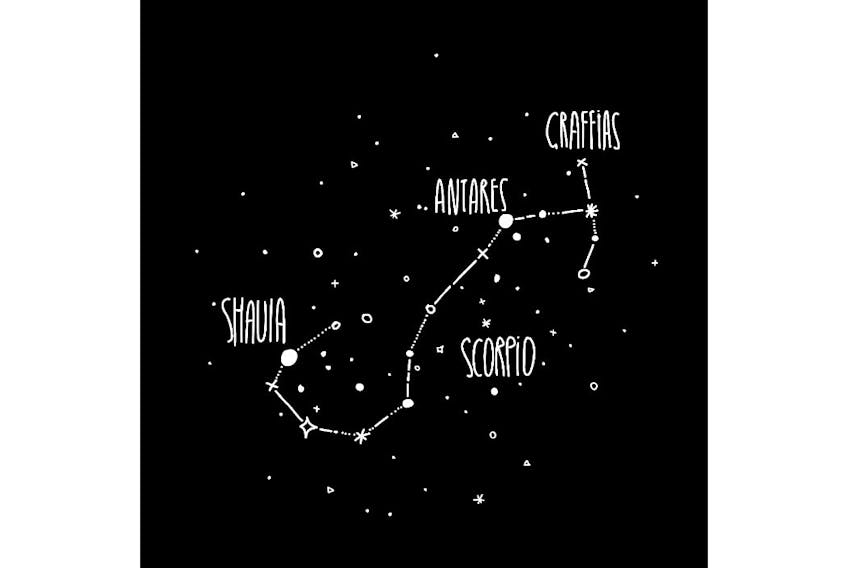By mid-month, Mercury will be lost from sight in the glow of the setting sun. This diminutive planet reaches inferior conjunction (passing between Earth and the sun) on July 21. It will reappear in the early morning sky in the last week of the month.

Likewise, Mars, having kept Mercury company low in the west-northwest sky at sunset the past couple of weeks, will disappear from view into the setting sun's glow by mid-July. Venus, our "morning star" the past month, also drops from view into the rising sun's glow by the end of the month.
Jupiter, having reigned supreme in the night sky at magnitude -2.6 for the past few weeks, begins to fade slightly (to mag. -2.4) in the latter half of the month, but still shines brightly high in the south-southeast (SSE) sky throughout most of the night. Along with its four largest moons - Io, Europe, Callisto and Ganymede - Jupiter remains a magnificent sight in both binoculars and telescopes. By the way, there are now 69 known moons with reasonably stable orbits around Jupiter. On the evening of July 12, Jupiter, the crescent moon and Antares (the "heart" star of Scorpius - the scorpion) form a triangle in the SSE sky at dusk about an hour after sunset.
Events:
- July 16 - Full Moon
- July 21 - Moon at apogee (furthest from Earth)
Saturn (mag. +0.1), having reached opposition just yesterday (July 9), shines brightly in the southeast (SE) sky all night long. Look for the ringed planet sitting just to the left of the "teapot" asterism in Sagittarius - the archer constellation. The near-full moon sits just to the right of Saturn in the SE sky about an hour after sunset on the night of July 15.
If you are outside on a clear night during the next two weeks, you might catch sight of a meteor or two (or more) streaking across the night sky. You could be seeing meteors associated with the Southern Delta Aquarids (radiant in Aquarius - the water bearer constellation) and/or the Alpha Capricornids (radiant in Capricornus - the sea goat constellation).
These meteor showers that usually begin during the second week of July and last until mid-August. However, the peak for both showers doesn't come until the last week of the month (more about that in my next article). Or, you might be seeing a few early arrivals from the Perseid meteor shower (radiant in Perseus - the warrior prince constellation), which usually occurs between July 17 and Aug. 24, with its peak in mid-August. Whatever their celestial source, don't forget to make a wish on a "shooting star".
July's full moon (July 16) is known to the indigenous native peoples of North America as the "buck moon," since it is during this month that the antlers of the deer and elk began to bud on the foreheads of these animals. It was also sometimes referred to as the "thunder moon" as July is often the month when thunderstorms began to rumble across the countryside. Others referred to it as the "hay moon" for the first crop of hay that is often harvested in July.
Until next time, clear skies.
Glenn K. Roberts lives in Stratford, P.E.I., and has been an avid amateur astronomer since he was a small child. His column, Atlantic Skies, appears every two weeks. He welcomes comments from readers, and anyone who would like to do so is encouraged to email him at [email protected].
READ MORE FROM GLENN ROBERTS









